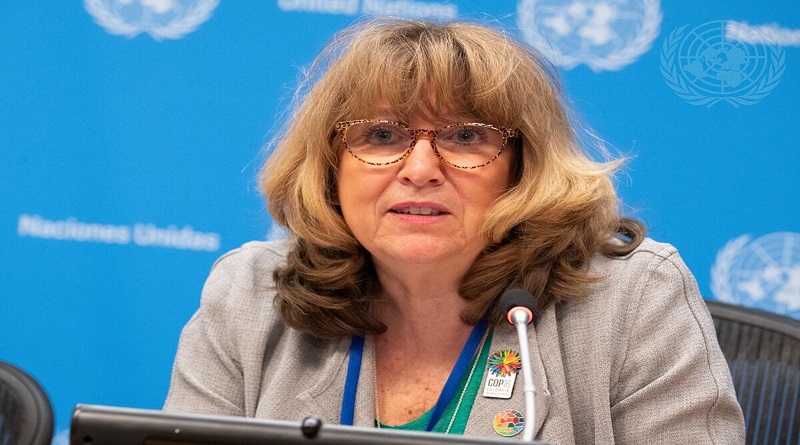Convention on Biological Diversity to hold two important meetings in Panama City
With one year left before the first global review of the Kunming-Montreal Global Biodiversity Framework (KMGBF), the Convention on Biological Diversity (CBD) will hold two important, back-to-back meetings in Panama City, 20–30 October 2025.
Delegates from 196 CBD Parties will review the draft outline of the first global progress report on KMGBF implementation, to debut in final form at COP17 in Yerevan, Armenia (19-30 October, 2026).
The 2026 stocktaking review will mark the KMGBF’s halfway point: four years into the KMGBF adopted in Montreal in 2022, with four years left to meet its targets.
Says Astrid Schomaker, Executive Secretary of the CBD: “What’s at stake is nothing less than the foundation of human life. Healthy, biodiverse ecosystems regulate our climate, enrich soils, produce food, purify water, supply medicines and so much more. They are, quite simply, the bedrock of our economies.”
“This is why the first global review of the Kunming–Montreal Global Biodiversity Framework matters. It is the moment to measure whether nations are on track to safeguard the natural systems that make human existence possible. The stocktake will show not only how much progress is being made, but also how urgently countries must step up to meet the KMGBF’s four goals and 23 targets before it is too late.”
Meetings at a glance
CBD’s Subsidiary Body on Scientific, Technical and Technological Advice (SBSTTA-27)-27, 20–24 October 2025
In addition to reviewing the global review outline, the agenda includes:
Turning major new assessments by IPBES, the Intergovernmental Platform on Biodiversity and Ecosystem Services (IPBES.net) into actionable advice: the Nexus Assessment examining the interlinkages of biodiversity, water, food, and health in the context of climate change, and the Transformative Change Assessment examining the underlying causes of biodiversity loss and showing that transformative change to achieve the KMGBF vision of living in harmony with nature is both urgent and possible;
Advancing coherent approaches to addressing biodiversity and climate change interlinkages, which will also be a major focus of COP30 of the UN Framework Convention on Climate Change (Brazil, 10-21 November);
Other key agenda items and topics: Risk assessment of living modified organisms; mitigating the spread and impacts of invasive alien species (Target 6); biodiversity and agriculture (soil biodiversity, cooperation on pollinators); biodiversity and health interlinkages.
CBD’s Subsidiary Body on Article 8(j) and Related Provisions (SB8J-1)-27–30 October 2025
This will be the first meeting of the new Subsidiary Body on Article 8(j) and Other Provisions of the Convention on Biological Diversity Related to Indigenous Peoples and Local Communities.
SB8J-1 is historic: no UN environmental treaty has ever created a permanent body dedicated to indigenous peoples and local communities.
Items on the agenda include consideration of:
Rules of procedure and governance for the new body including modalities for the participation of indigenous peoples and local communities in the governance structure of the SB8(j);
Guidelines to strengthen the legal and policy framework for the recognition of the role of indigenous and traditional territories of indigenous peoples and local communities in spatial planning, restoration and conservations;
Advice on integrating traditional knowledge into the global progress report on KMGBF implementation;
In-depth dialogue with a focus on resource mobilization.
Why it matters: indigenous peoples and local communities are stewards of much of the Earth’s biodiversity. Their leadership, full participation in discussions, and recognition of their rights are essential to achieving the KMGBF. SB8J-1 marks a turning point in terms of elevating their voices in recognition of their role and contributions and institutionalizing decades of advocacy into global biodiversity governance.




